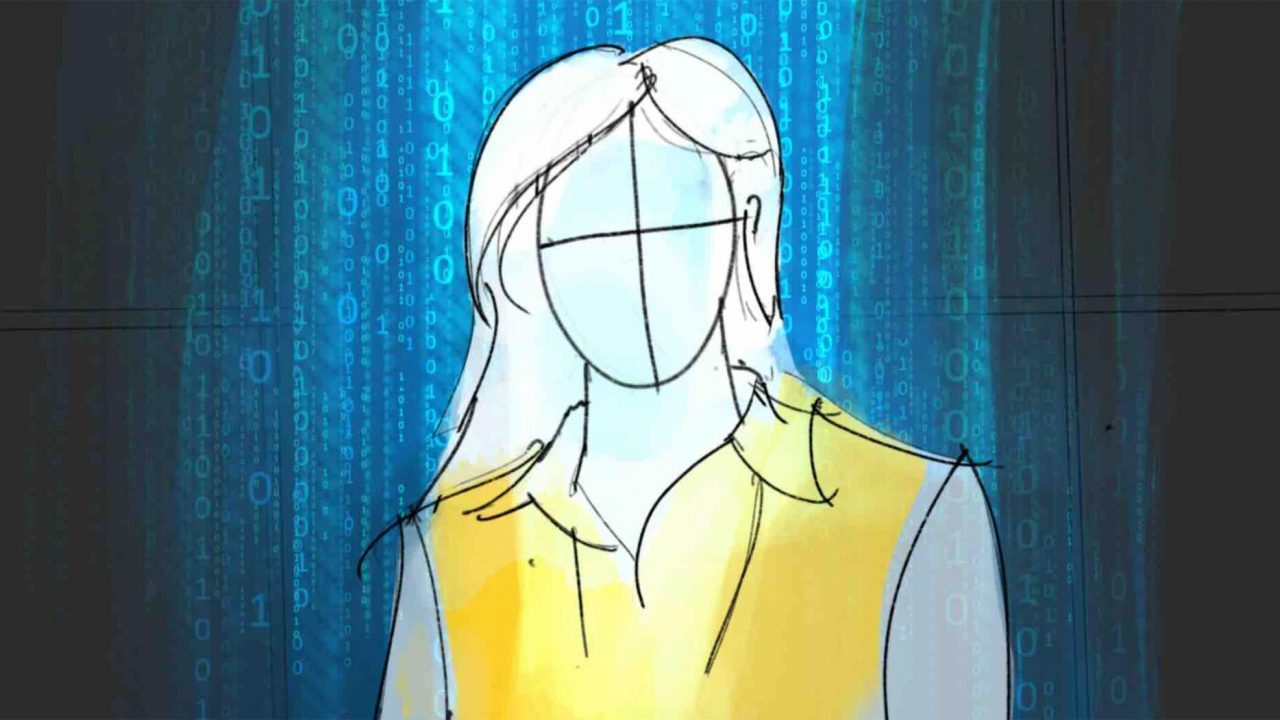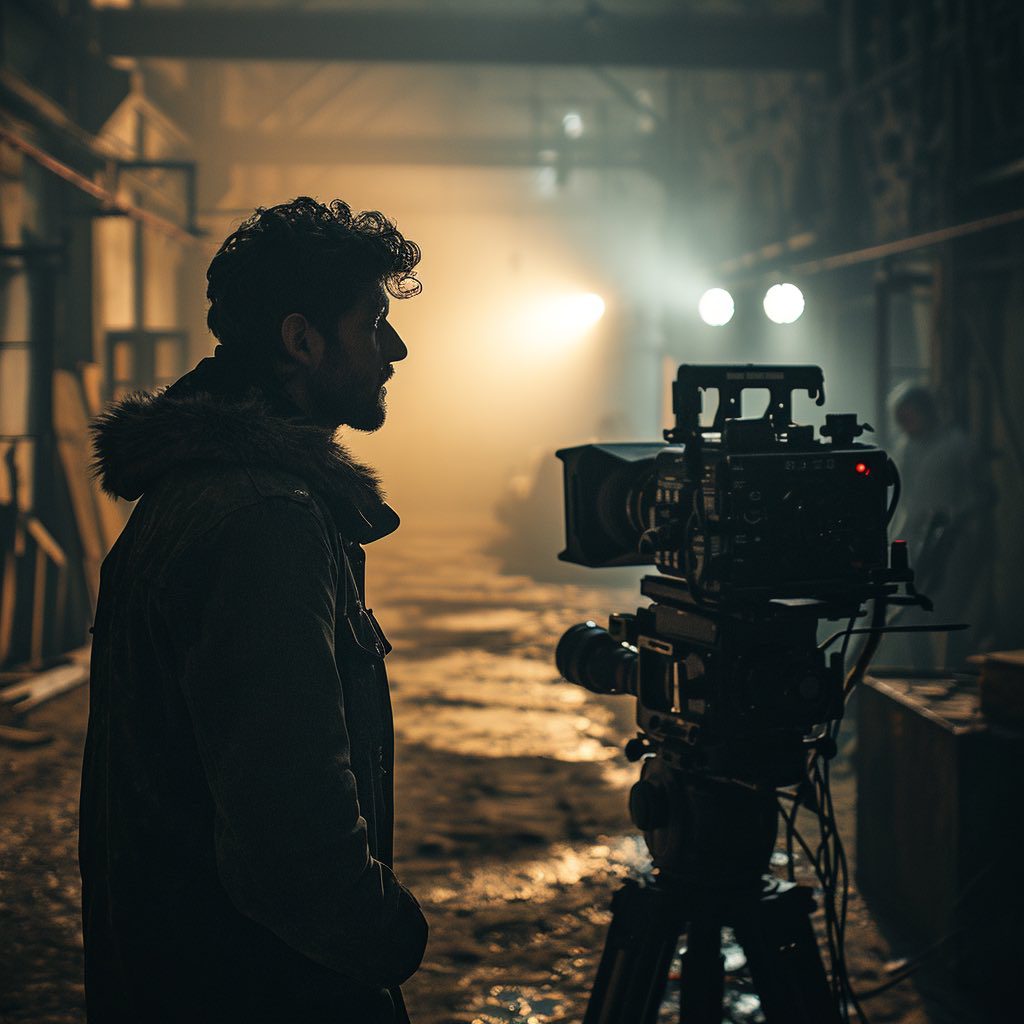A case for Storyboards
So it turns out that I was really wrong about storyboards. Recently we had a very complicated and full day and I don't think it would have happened without me drawing storyboards. They are a fantastic tool when used properly and with the right client.

Storyboards are awesome.
Previously, I had written about storyboards and why I don’t use them here. Originally, my problem with storyboards was that they conveyed too much detail. And sometimes you can get stuck into a specific way of thinking. On set, I like to be flexible but with a good, well thought out plan. A good plan always provides better work. My experience with a storyboard they were a limiting tool that painted production into a corner. However, on the more complicated shoots where things need to be buttoned up – there needs to be a very functional way to convey the vision. Enter the storyboard.

Storyboarding as a tool to explain your vision to the rest of your crew is unparalleled. Especially, if have the opportunity to go on a tech scout and a prep scout. If you can draw story boards that are based on the actual locations with accurate backgrounds and plan the movements in a the actual shooting location, its the best. Essentially what you have is a shot list you can map out and mark off as the production day moves forward. That’s value. However, I’m not gonna back off of my statement that storyboards with the wrong client can be detrimental.
Many times when you draw storyboards there has to be a very strong understanding from the client that the storyboards are there as a tool and not as an exact representation of what will be found in the final edit. Many times on set as we all now, things change and some angles just look better you discover in the moment. If your client trusts you and your vision, you’re golden… but if the expectation is to make a one-to-one reenactment of the boards, then have the client create the template and use a shot list.
My suggestion for anyone looking to get into video production is to draw the boards yourself and use them as a tool to explain your vision to the client and crew.
Its about the process not the destination
The process of moving through each shot linearly really helps me to crystallize the vision and at the very least creates a strong foundation to be spontaneously creative later. As a director, working through the storyboards really provides an insurance that you’ll get all of the coverage that you need. For me, it allows to move fast and get all of the safety needed to tell the story and then letting the DP and cam ops find stuff. This way you’re not thinking through the edit on set but you’re literally capturing the content for the edit on the day of production. Golden moments always come when you least expect them and I find the come more often with a great plan.
Of course, the next comment is going to be “I can’t create storyboards”, “they are too complicated”, “I can’t draw”. Great, you can’t draw, awesome, can you trace. That’s all I do. I’m going to make another post about how to draw storyboards. All you need is an iPad and an Apple Pencil and the internet and an app called Procreate.
Short and sweet, make storyboards if you can I don’t have to be beautiful but use the tool for what it’s intended for the great communication device and make sure your clients know that sometimes things change. House of Sticks is going to have super awesome storyboards for pitch meetings now too.


